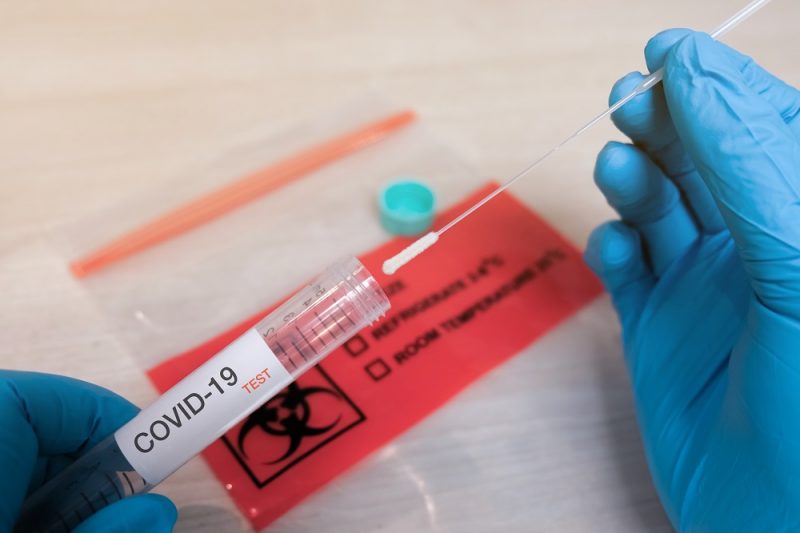CDC Changes Quarantine Periods for COVID-19

Effective December 2, the CDC provided an avenue for employees to reduce the “close contact” 14-day quarantine rule to either seven or 10 days, depending on whether the person gets tested. This potential shortening of the quarantine period is good news for employers.
The previous rule required those who had a close contact with someone who tested positive to quarantine for a period of 14-days, regardless of whether the person developed symptoms and regardless of whether the person wanted to end quarantine earlier, even if the person received a negative test result.
The new guidance offers two alternative quarantine options for people who have been identified as a “close contact,” but have exhibited no symptoms. One option would act to end quarantine after seven days if the person takes a test within the final two days of the seven-day period and receives a negative result. Alternatively, as a second option, if the person does not want to take a test, the quarantine period can end after 10 days if the person monitors for potential symptoms on a daily basis and reports none. Remember, these alternative quarantine options are only available for those who are not exhibiting symptoms of infection.
Have questions about protecting your crew during the current pandemic? Check out our COVID-19 microsite for more resources from cleaning equipment to wearing the proper PPE.
For employers, this means that employees who have been identified as a close contact of someone who tested positive may return to work after seven or 10 days, instead of waiting out the entire 14-day period, if the employee has not shown symptoms. However, this may be limited to those employees who want to return to work during this period. The CDC did not remove entirely the 14-day quarantine period, but only provided ways for that period to be shortened. Whether an employer may require testing to provide for an earlier return or require an employee to return prior to completing the entire 14-day period is still to be determined. Employers should continue to monitor this development as additional guidance is likely in the coming days.
For more specific information, contact Bob Dunlevey at (937) 641-1743 or Nadia A. Lampton at (937) 641-2055. You can also visit taftlaw.com.
